Preparation tips and serving suggestions
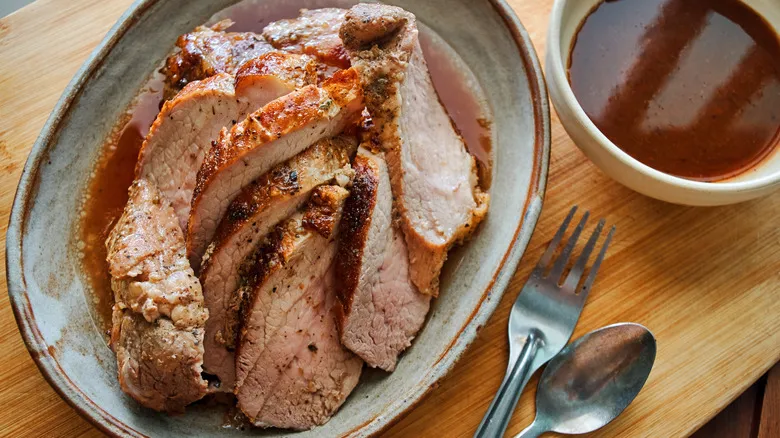
One of the greatest advantages of the reverse sear method is its low-maintenance nature. Once your meat is seasoned and placed in the oven, you can step away and focus on preparing side dishes like a refreshing chopped salad or a comforting baked elote dip. However, there are additional steps you can take to enhance the flavor of your tenderloin even further. While this may require a bit more planning, the payoff is definitely worth the extra effort.
A fantastic way to boost flavor and improve texture is to season your meat the night before cooking, a process known as dry brining. We already know that dry brining is the key to juicy baked pork chops, and the same principle applies to the tenderloin. This method not only allows the seasoning to penetrate deeper into the meat but also helps tenderize it by breaking down some of the proteins. Additionally, it contributes to achieving a rich, crispy brown sear on your tenderloin, as the dry rub—especially the salt—ensures that the exterior of the meat is nice and dry when it goes into the oven.
While a crisp, juicy, reverse-seared pork tenderloin is delightful on its own, there are countless ways to pair and serve it. The most straightforward option is to present it as a stunning main course, accompanied by creamy mashed potatoes and au gratin broccoli. If you enjoy tropical flavors, consider pairing it with coconut sticky rice and mango salsa, or incorporating it into al pastor tacos.
Recommended
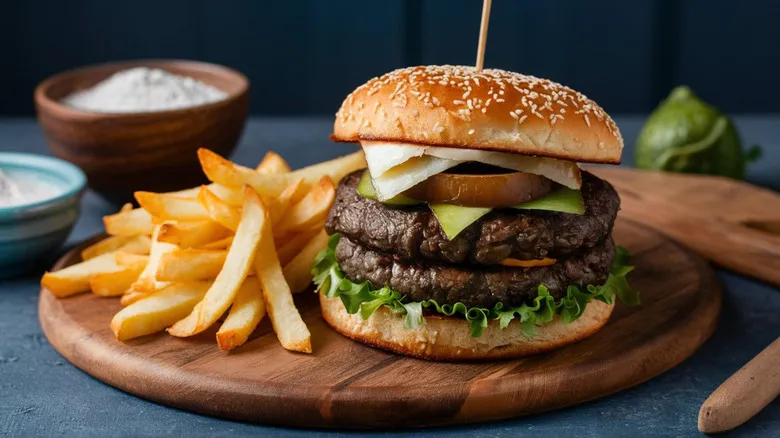
For A Black Bean Burger With Better Texture, Smash It
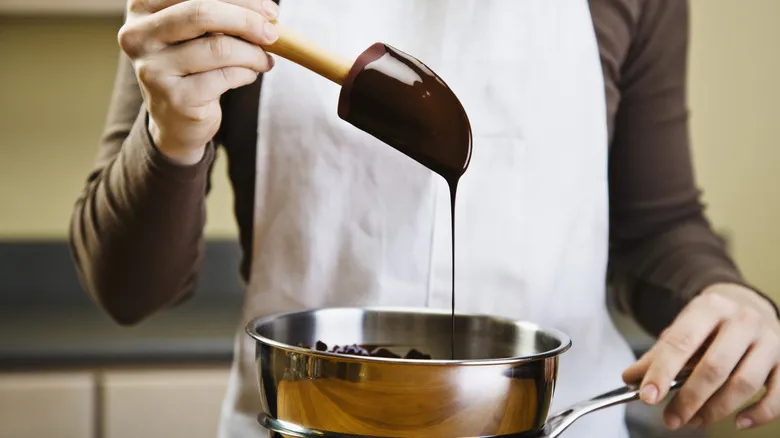
Make Your Melted Chocolate Smooth And Rich With Just One Common Ingredient
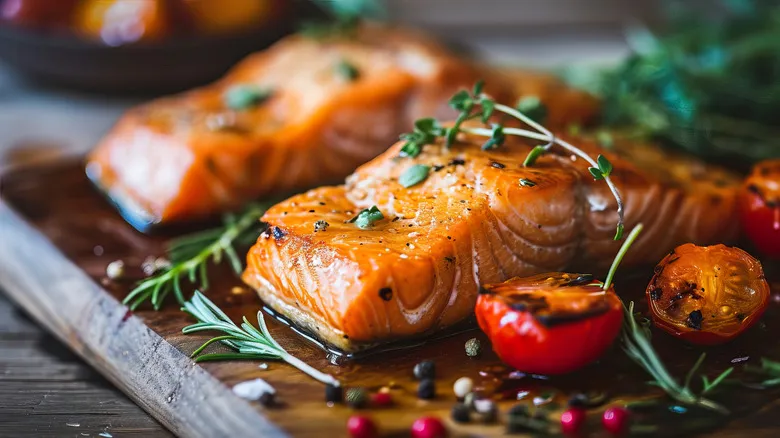
What You Need To Know Before Swapping Fish In A Recipe
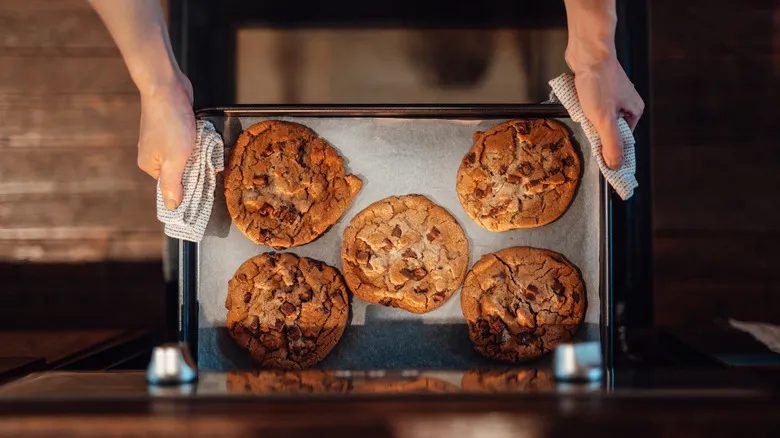
What Is The Best Material For Baking Sheets?
Next up

